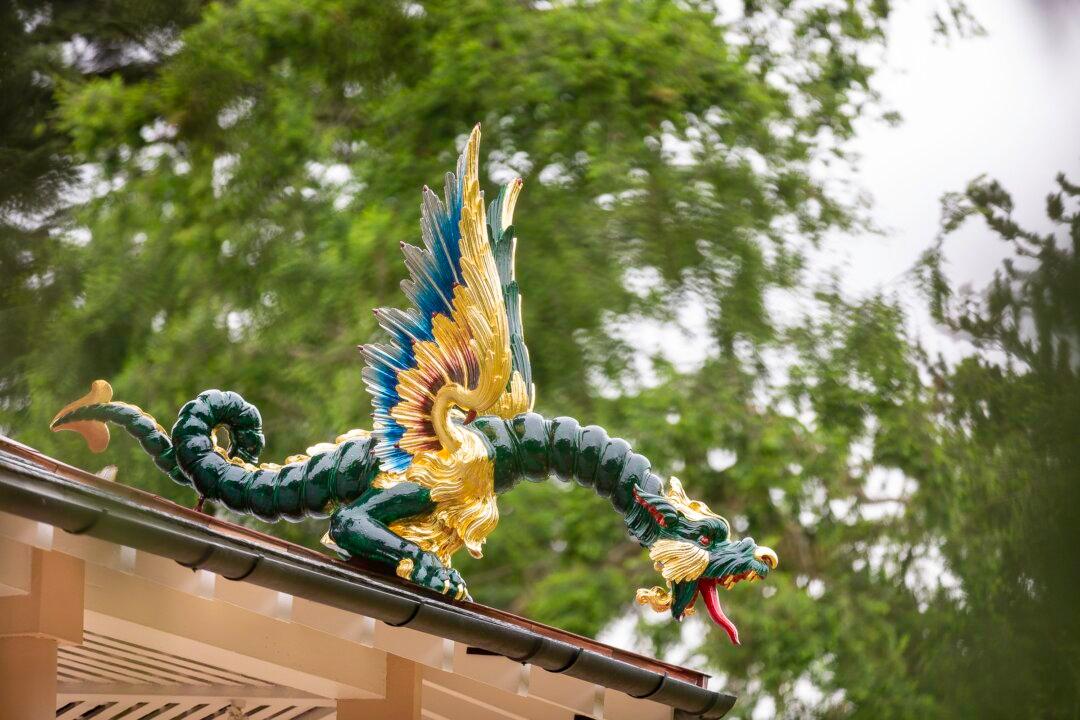No one knows where the dragons went. In 1762, 80 gilded dragons adorned the Kew Gardens Great Pagoda in London, but by 1784 there were none. The rumor that rings true is that the dragons were removed after rotting from the Little Ice Age that hit Europe around the time.
Whether these fiery creatures had an icy demise or not, we may never know. The folly, or ornamental building, was built as a gift for the founder of the Kew botanic gardens, Princess Augusta, the mother of King George III. The architect Sir William Chambers designed not only the pagoda, but also the Mosque and the Alhambra; neither of them exist today.






